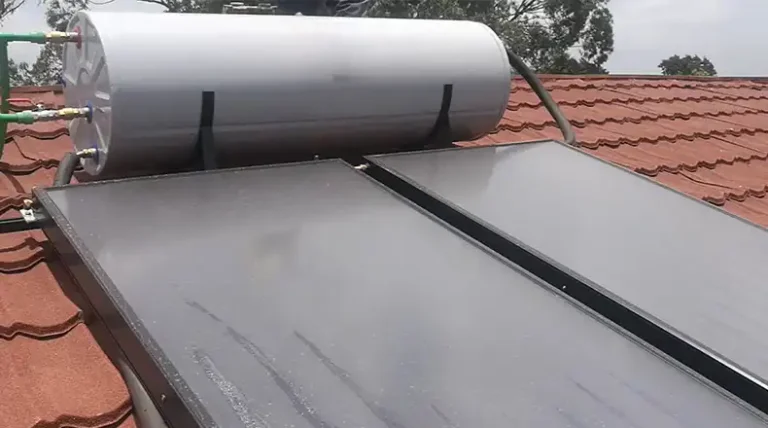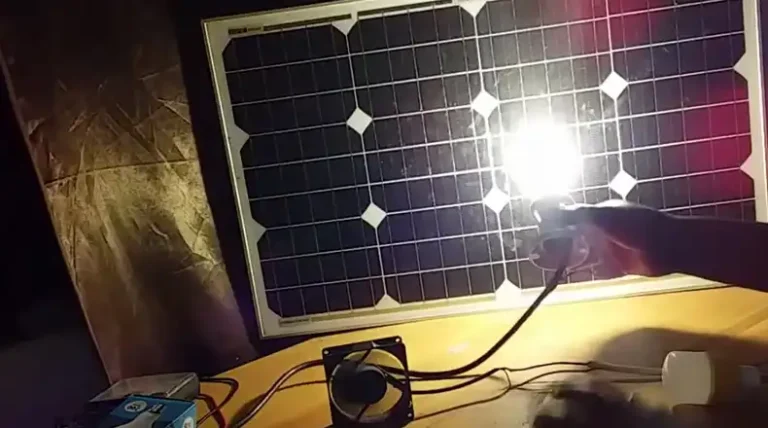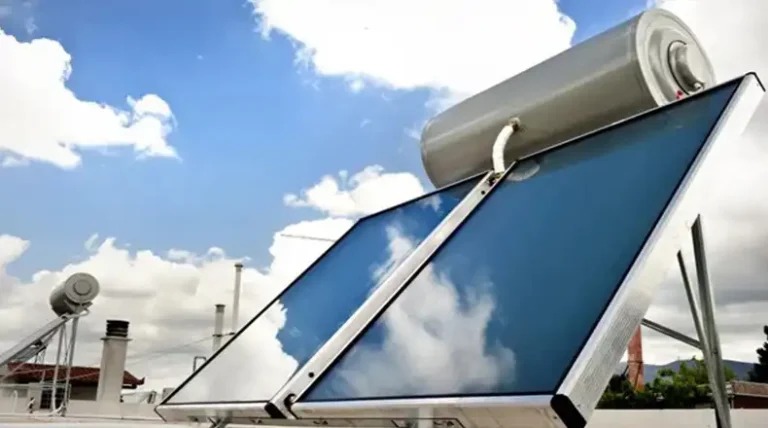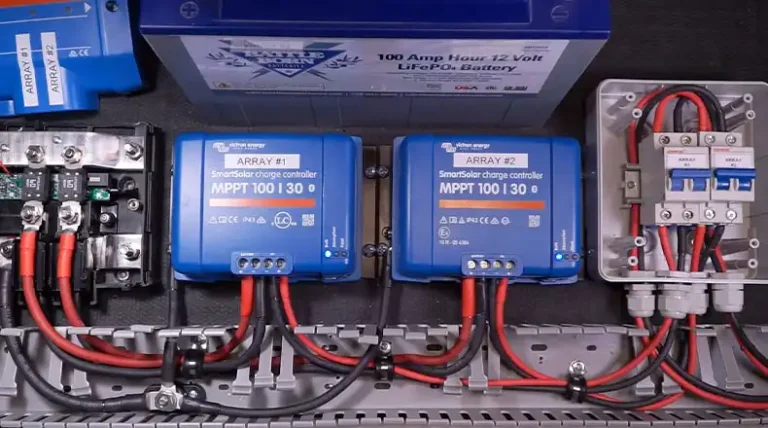What Size Wire Do I Need for a 200 Amp Service? With Wire Chart
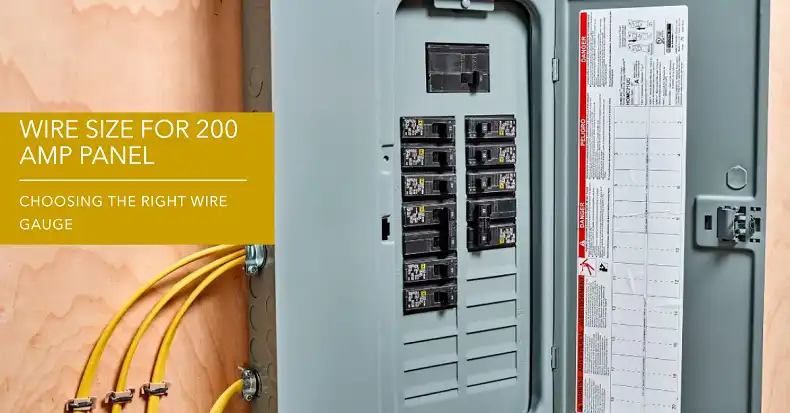
A 200 amp service is a type of electrical service that can provide up to 200 amperes of current. This substantial power capacity is typically sufficient for most large residential homes and small commercial establishments. To put this into perspective, a 200 amp service can comfortably power multiple high-demand appliances simultaneously, such as air conditioners, electric stoves, and water heaters, while still having capacity for lighting and other electrical devices.
The importance of proper wire sizing for a 200 amp service cannot be overstated. Using the correct wire size ensures that your electrical system operates safely and efficiently, preventing overheating, voltage drops, and potential fire hazards. It also helps maintain the longevity of your electrical devices and appliances.
Comprehensive 200 Amp Wire Size Chart
To help you determine the correct wire size for your 200 amp service, we’ve compiled a comprehensive chart that takes into account various factors. This chart provides wire size recommendations for both copper and aluminum conductors, considering different temperature ratings and installation methods.
| Conductor Material | Temperature Rating | Conduit/Cable | Direct Burial | Service Entrance |
| Copper | 60°C | 2/0 AWG | 1/0 AWG | 2/0 AWG |
| Copper | 75°C | 1/0 AWG | 1/0 AWG | 2/0 AWG |
| Copper | 90°C | 1/0 AWG | 1/0 AWG | 2/0 AWG |
| Aluminum | 60°C | 4/0 AWG | 3/0 AWG | 4/0 AWG |
| Aluminum | 75°C | 3/0 AWG | 3/0 AWG | 4/0 AWG |
| Aluminum | 90°C | 3/0 AWG | 3/0 AWG | 4/0 AWG |
Table: 200 Amp Wire Size Chart
Note: This chart is based on the National Electrical Code (NEC) guidelines and assumes a maximum voltage drop of 3% for branch circuits. Always consult local codes and a licensed electrician for specific requirements in your area.
Why There’s a Difference in Wire Size
Several factors come into play when determining the appropriate wire size for a 200 amp service. Understanding these factors is crucial for making the right choice:
- Ampacity: This refers to the maximum amount of current a wire can safely carry continuously without overheating. For a 200 amp service, you’ll need wire with an ampacity rating of at least 200 amps.
- Voltage drop: As electricity travels through a wire, some voltage is lost due to the wire’s resistance. The longer the wire run, the more significant this voltage drop becomes. Generally, it’s recommended to keep voltage drop under 3% for best performance.
- Distance: The length of the wire run directly affects voltage drop. Longer distances may require larger wire sizes to compensate for increased resistance.
- Material: Copper and aluminum are the two most common materials used for electrical wiring. Each has its own conductivity properties, which affect the required wire size.
- Insulation type: Different insulation materials have varying temperature ratings, which can affect the wire’s ampacity.
- Temperature ratings: Wires are rated for different maximum operating temperatures, typically 60°C, 75°C, or 90°C. Higher temperature ratings generally allow for higher ampacities.
- Installation method: How the wire is installed (in conduit, direct burial, etc.) can affect its ampacity and the required size.
National Electrical Code (NEC) Requirements for Wire Size
The National Electrical Code (NEC) provides the minimum requirements for safe electrical installations in the United States. When it comes to 200 amp services, the NEC specifies minimum wire sizes based on various factors. It’s important to note that local codes may have more stringent requirements, so always check with your local building department.
Recent updates to the NEC have emphasized the importance of voltage drop calculations and have provided more detailed guidelines for sizing conductors. For example, the 2020 NEC clarified that the voltage drop should not exceed 3% for branch circuits and 5% for the combined feeder and branch circuit.
Wire Types and Insulation for 200 Amp Service
When selecting wire for a 200 amp service, you’ll encounter various types of insulation. Some common types include:
- THHN (Thermoplastic High Heat-resistant Nylon-coated): This is one of the most common types of building wire. It’s heat-resistant and has a thin nylon jacket that makes it easy to pull through conduit.
- THWN (Thermoplastic Heat and Water-resistant Nylon-coated): Similar to THHN, but with added water resistance, making it suitable for wet locations.
- XHHW (Cross-Linked High Heat Water-resistant): This type offers excellent heat and moisture resistance and is often used in industrial applications.
Each type of insulation has its pros and cons. For instance, THHN/THWN is generally less expensive and easier to work with, while XHHW offers better resistance to chemicals and extreme temperatures. Your choice will depend on the specific requirements of your installation and local codes.
Copper vs. Aluminum Wire for 200 Amp Service
The choice between copper and aluminum wire is a common consideration for 200 amp services. Here’s a comparison to help you make an informed decision:
| Factor | Copper | Aluminum |
| Conductivity | Higher (100% IACS) | Lower (61% IACS) |
| Size needed | Smaller | Larger |
| Weight | Heavier | Lighter |
| Cost | More expensive | Less expensive |
| Durability | More durable | More prone to oxidation |
| Installation | Easier to work with | Requires special techniques |
| Code approval | Widely accepted | May have restrictions |
Table: Copper vs. Aluminum Wire Comparison
While copper is generally considered superior due to its higher conductivity and durability, aluminum can be a cost-effective choice for larger gauge wires like those used in 200 amp services. However, aluminum requires special installation techniques and connectors to prevent issues like oxidation and loose connections.
Frequently Asked Questions
What size PVC conduit is needed for a 200 amp service?
For a 200 amp service, you’ll typically need a 2-inch PVC conduit. This size allows for easy installation of the required wires while providing adequate space for future upgrades or additional circuits. However, always consult local codes and a licensed electrician, as specific requirements may vary based on your location and the number of conductors.
What size ground wire is required for a 200 amp breaker?
The size of the ground wire for a 200 amp breaker depends on the type of grounding system and local codes. Generally, a 4 AWG copper wire or a 2 AWG aluminum wire is sufficient for most 200 amp services. However, in some cases, a larger 3/0 AWG copper or 1/0 AWG aluminum wire may be required. It’s crucial to consult the National Electrical Code and local regulations to ensure compliance.
How many circuit breakers can be installed in a 200 amp panel?
A typical 200 amp panel can accommodate between 30 to 42 circuit breakers, depending on the panel design and manufacturer. However, the total number of circuits doesn’t necessarily correlate directly with the number of breaker spaces. Some circuits may require double-pole breakers, which take up two spaces. It’s important to plan your electrical needs carefully and consult with an electrician to ensure your panel can support all necessary circuits while maintaining proper load balance.
What is a 200 amp breaker typically used for?
A 200 amp breaker is usually used as the main breaker in residential and small commercial electrical systems. It’s designed to protect the entire electrical system of a building from overloads and short circuits. This size is common in larger homes, especially those with electric heating, central air conditioning, or other high-power appliances. It provides enough capacity for most modern households’ electrical needs, including electric vehicle charging stations and home workshops.



